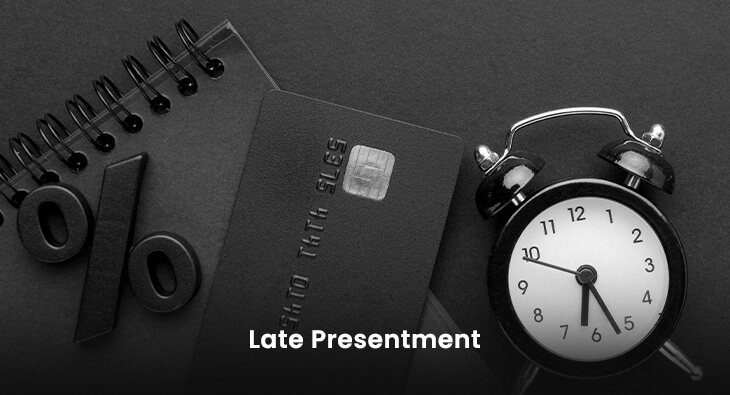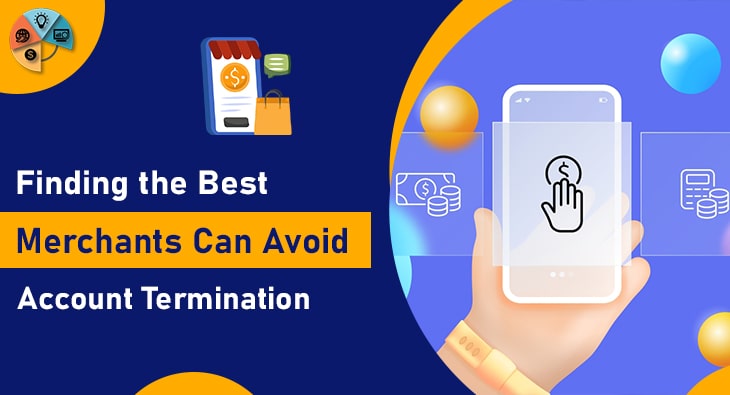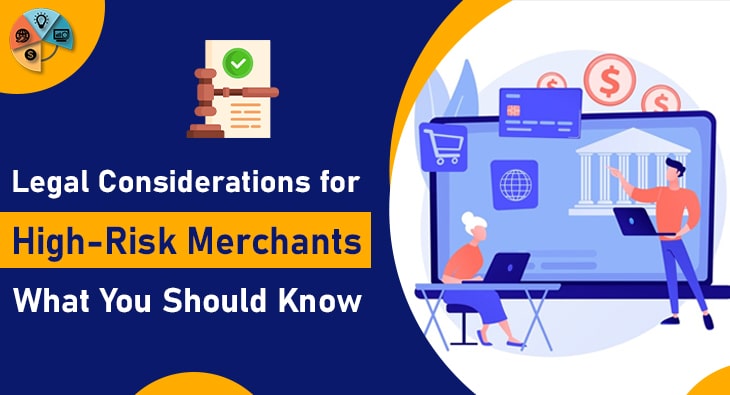Today, use of Card-Not-Present for collecting transactions for the product or services is growing rapidly. This helps business to make their product or services available on the global level. Companies are enjoying this benefit with the integration of internet in the traditional way of doing business.
With the use of the internet for selling goods, there are few reasons that can cause the loss of the business. One of them is being late in presenting the transaction details. This can be called as the merchant-end fault that can be avoided. But first, we need to understand that why card brand or customer’s bank can deny depositing the transaction amount of a valid transaction.
Late Presentment
To understand this, first, we need to understand the lifecycle of the transaction that a merchant performs to get the funding of the transaction. While saying online payment collection, we can imagine that while a buyer initiates the purchase, selects the payment option that opens a new window, where buyer performs the operations according to it card and account type. The process that takes place with the fraction of seconds on the gateway window decides whether the customer’s account and card are authorized to buy the product or not.
This process of transactions authorization basically involves all the financial services that are related to buyer and merchant via internet connectivity that verifies buyer’s card details and debit the required amount from the account. But, one thing merchant needs to keep in mind while collecting the payments through the internet that is the lifecycle of the transaction doesn’t complete by just debiting the amount from the buyer’s account. One thing in this payment cycle that is to be done by merchant’s end is to provide the legitimate transaction proof to the merchant’s bank or card processors to get the money funded into their account. The merchants have to provide the proofs within the time limit as specified by the card brands.
Related Blog
- Duplicate Processing Chargeback
- 6 Things to Know Before Starting an eCommerce Website
- The Importance of Cross-Checking the Authenticity of Online Credit Card Transactions
- 6 Tips To Negotiate Credit Card Processing Deal
- A Quick Guide To Understand ECommerce Checkout Flow
Merchant’s Fault
This is where the chances of merchant’s fault occur. As a website collects a large amount of payment. All the payments go into batches that get send to card brand networks. That sends the request for validation into individual customer’s bank. It is as a proof to get funded. In this process of batching is must timeliness. It should a careful step according to the card brand rules that is. MasterCard has specified 7 to 30-days of time-frame and VISA have specified 10-days after the date of processing of the transaction.
The Reason
The reason behind this time of the timely file of the transaction within the time-frame is an effective move. It helps in the authorization of the cardholder because the transaction will be fresh in the mind of the buyer. This timeliness will also help to avoid the dispute of transaction. As the transaction will be cleared before any fault can occur regarding customer’s account or card.
Even if a merchant faces the chargeback issue due to submitting the processed transaction late. This chargeback reason is Late Presentment, by VISA and MasterCard. Both the card networks have designated reason code of Late Presentment that is 74 for VISA and 4842 for MasterCard. These reason codes have few specified conditions that tell why the merchant faced the Chargeback claim for Late Presentment Reason.
But, there is no remedy to dispute this chargeback; a merchant has to accept it if the merchant doesn’t follow the timeframe of the card brands. The only option is to avoid this error is to take precautions. The precautions are:
![]()
Email us anytime!
Email customer service 24/7
![]()
Call us anytime!
Reach customer care 24/7 at +1 (727) 330-3944
- Follow the time-frame guidelines: Merchants should try to deposit the transaction details to the card brands on the same day or very next day. If possible. But, in the case of Card-not-present transactions, merchants can only deposit the receipt only after the delivery of product or services.
- Automation of transaction data batching: This can be the preferable option an e-Commerce merchant should follow. A merchant should use the systems/software that automatically generates the list of daily transaction details. This will help merchants to save time and keep themselves updated.
Feel free to get in touch, we’ll be glad to hear from you!



